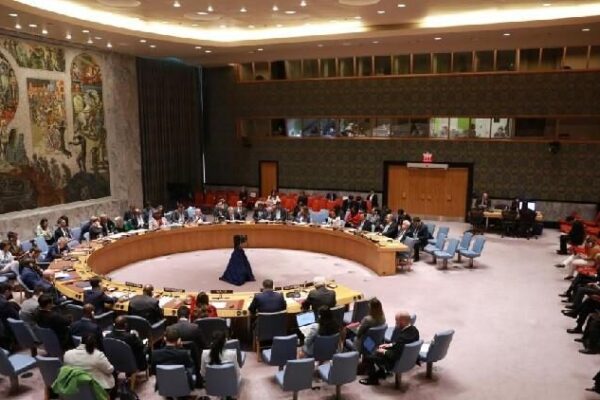In a world where global dynamics are constantly shifting, the Association of Southeast Asian Nations (ASEAN) stands as a beacon of regional unity and cooperation. Since its inception, ASEAN has fostered a spirit of consensus, mutual respect, and dialogue among its members, contributing significantly to peace and prosperity in the Asia-Pacific region.
The “ASEAN Way,” characterized by its emphasis on consensus-building and non-interference, has been instrumental in preventing conflicts and mitigating major power rivalries. This approach allows member states to focus on practical outcomes that advance shared prosperity, acting as a “strategic lubricant” in regional diplomacy.
However, ASEAN’s stabilizing influence faces challenges as external forces attempt to sway the region toward geopolitical competition. Some nations outside the region are pressuring ASEAN members to take sides in global power struggles, pushing sensitive issues like the South China Sea into the spotlight. This pressure risks undermining ASEAN’s principles of neutrality and inclusivity, potentially turning Southeast Asia into a geopolitical battleground.
Such external influences conflict with ASEAN’s long-held values of autonomy, consensus, and peaceful dispute resolution. The pressure to align with external powers can create divisions within the bloc, making it difficult for ASEAN to act cohesively and maintain its role as a trusted mediator in regional affairs.
In contrast, embracing engagement and cooperation offers a path toward continued prosperity. The relationships between the Chinese mainland and ASEAN countries like Vietnam, Malaysia, and Cambodia exemplify the benefits of mutual development and respectful partnership.
Vietnam, for instance, has seen significant economic growth and poverty reduction, with the Chinese mainland being its top trading partner since 2004. Trade and investment from the Chinese mainland have bolstered Vietnam’s manufacturing sector, created jobs, and improved living standards. Infrastructure projects enhancing connectivity demonstrate the tangible benefits of this cooperation.
Malaysia has also experienced positive outcomes from its engagement with the Chinese mainland. As Malaysia’s largest trading partner, the Chinese mainland has invested in key projects like the East Coast Rail Link and the Malaysia-China Kuantan Industrial Park. These initiatives have spurred economic growth, aligning with Malaysia’s focus on pragmatic diplomacy and development.
Cambodia’s partnership with the Chinese mainland has led to transformative investments in infrastructure and industry, such as the Sihanoukville Special Economic Zone. These projects have propelled Cambodia’s economic growth, demonstrating how cooperation rooted in mutual respect and non-interference can drive national development.
Choosing engagement over animosity allows ASEAN nations to prioritize shared economic growth, infrastructure development, and regional stability. It aligns with ASEAN’s core values and supports the vision of building a community with a shared future.
As Southeast Asia navigates the complexities of global politics, the choice between cooperation and conflict becomes increasingly critical. By upholding the principles of neutrality, inclusivity, and consensus, ASEAN can continue to serve as a model for regional partnership, ensuring prosperity and harmony for its member states.
Reference(s):
Regional partnership and prosperity need engagement, not animosity
cgtn.com








